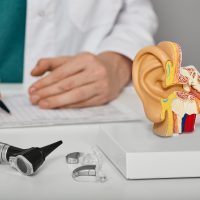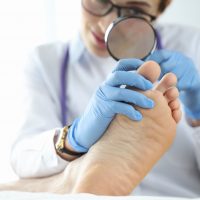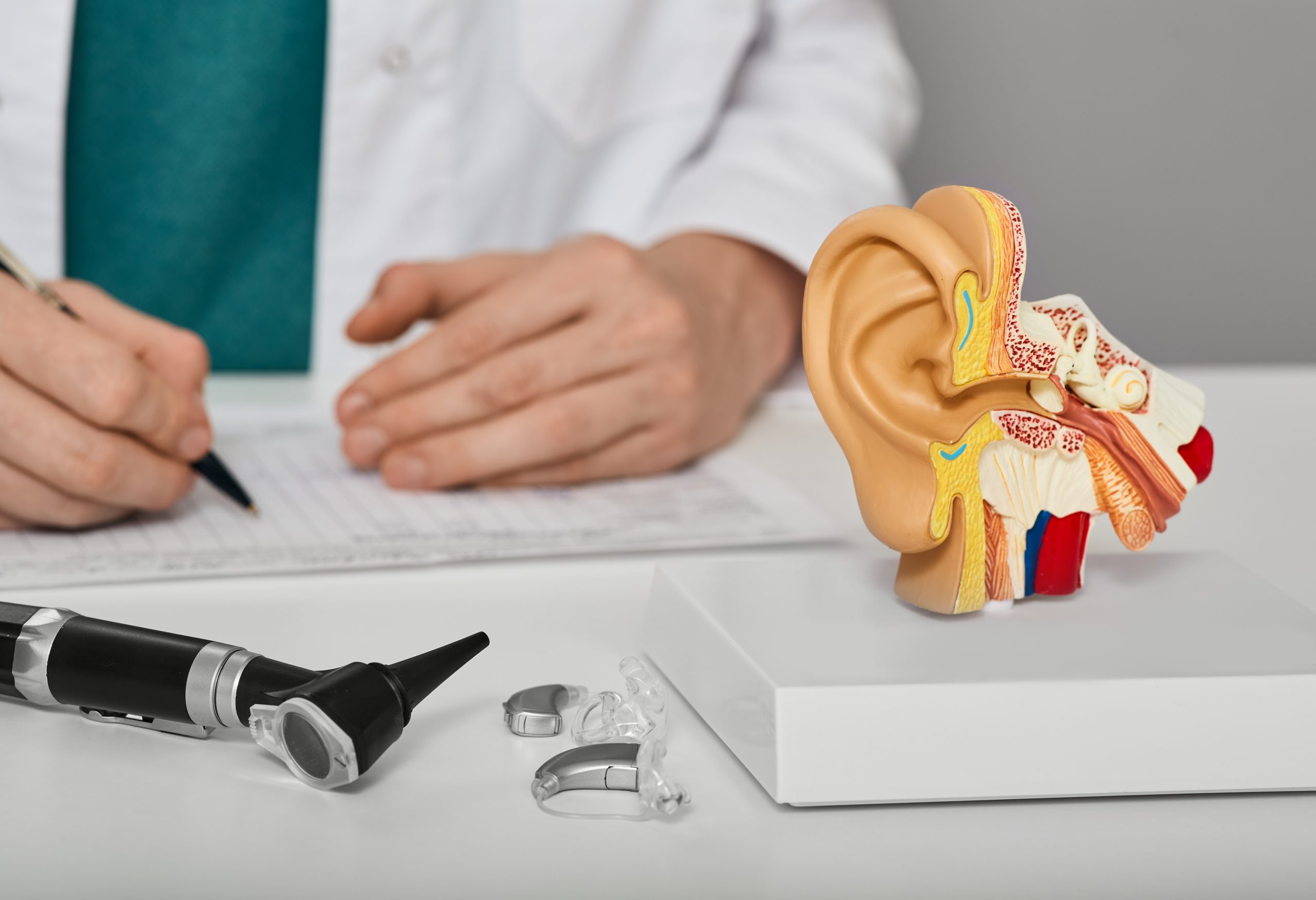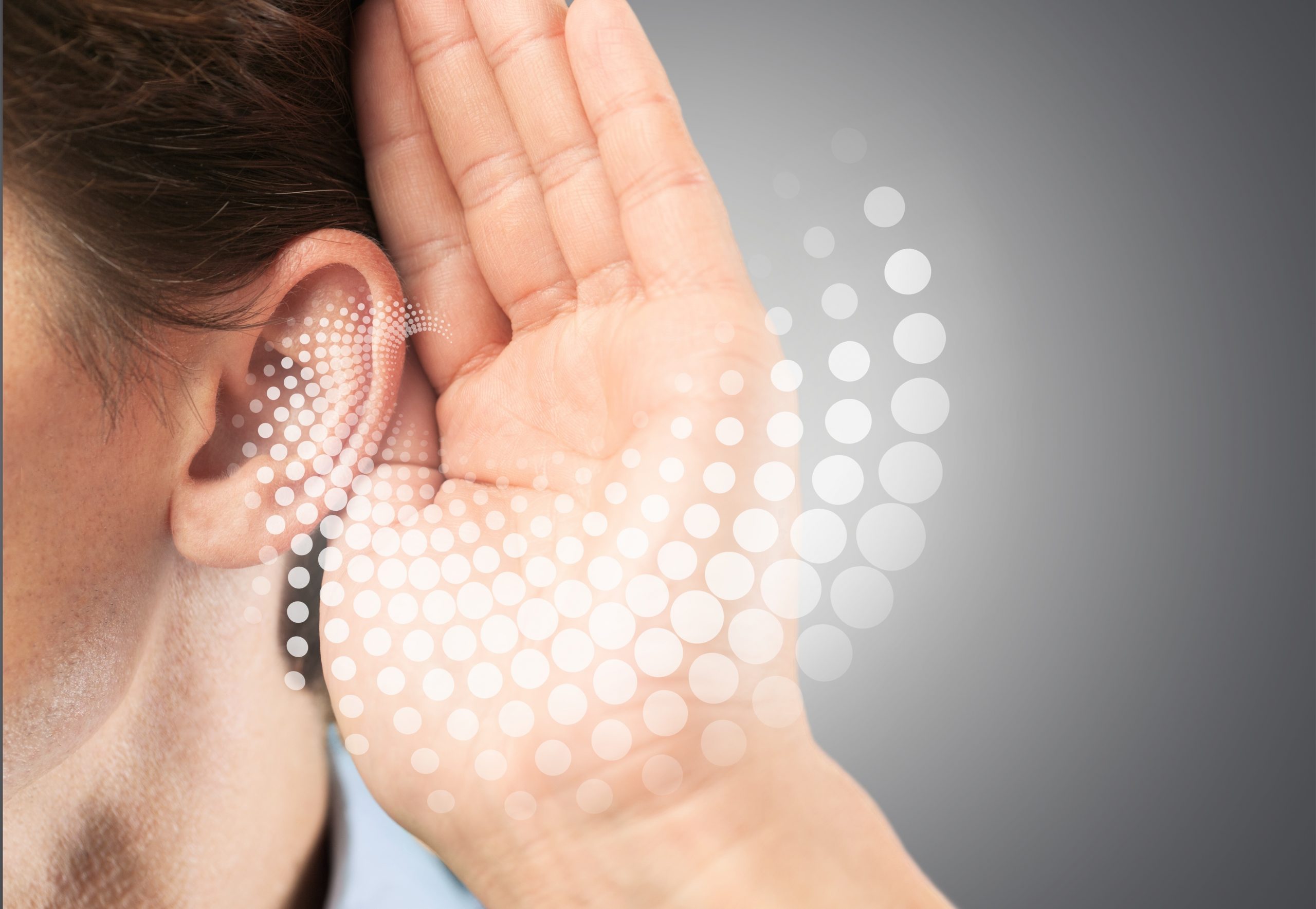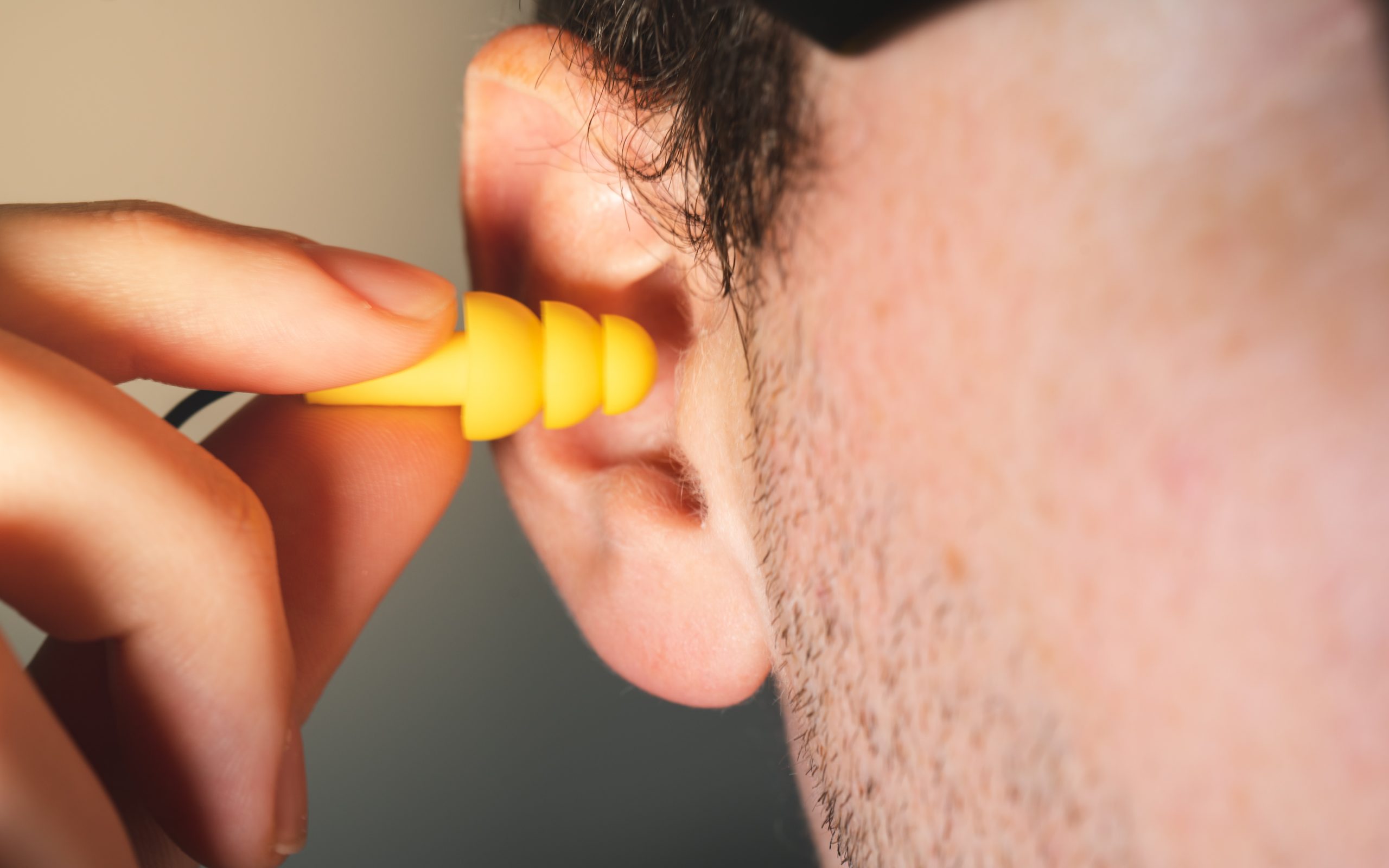For individuals with hearing loss, communication can often be a challenge. However, lipreading, also known as speechreading, is a valuable skill that can greatly enhance communication and connection. Lipreading involves observing a speaker’s facial movements, gestures, and lip patterns to understand spoken language. While it may not provide complete comprehension on its own, lipreading can be a powerful tool when combined with other communication strategies. In this article, we will explore the benefits of lipreading for hearing-impaired individuals and how it can improve communication and overall quality of life.
- Improved Speech Understanding: Lipreading allows individuals with hearing loss to better understand spoken language by visually interpreting the movements of the speaker’s lips and face. By focusing on lip patterns, tongue placement, and facial expressions, lipreaders can supplement their auditory cues with visual information, enhancing their ability to comprehend speech. This can be especially helpful in situations with background noise or when the speaker’s voice is unclear.
- Enhanced Communication in Difficult Listening Environments: Noisy environments, such as crowded restaurants or busy social gatherings, can make it challenging for individuals with hearing loss to follow conversations. Lipreading can help overcome these difficulties by providing visual cues that aid in understanding. By focusing on the speaker’s lips and facial expressions, individuals can gather additional information to fill in gaps in auditory comprehension.
- Facilitated Communication with Strangers: Lipreading can be particularly beneficial when interacting with individuals who are unfamiliar with hearing loss or communication devices. By utilizing lipreading skills, hearing-impaired individuals can bridge the communication gap and facilitate more effective interactions with strangers. This can lead to greater confidence and a sense of inclusion in social settings.
- Improved Emotional Connection: Communication is not just about exchanging information; it is also a means to connect emotionally with others. Lipreading allows individuals with hearing loss to pick up on facial expressions, intonation, and other non-verbal cues that play a crucial role in understanding emotions and connecting with others. By honing their lipreading skills, individuals can better grasp the nuances of communication, fostering deeper emotional connections with those around them.
- Increased Independence: Lipreading empowers individuals with hearing loss to rely less on others for communication support. By being able to understand speech through lipreading, individuals can navigate daily interactions, such as ordering at a restaurant or engaging in small talk, with greater independence. This enhances their overall confidence and self-esteem, reducing reliance on others and promoting a sense of empowerment.
- Enhanced Safety and Awareness: Lipreading can also contribute to safety and situational awareness for individuals with hearing loss. By lipreading, individuals can gather essential auditory cues, such as warnings, instructions, or emergency announcements, even when the sound quality is compromised. This enables them to stay informed and respond appropriately in various environments, ensuring their safety and well-being.
- Improved Speech Production: Lipreading can also benefit individuals with hearing loss in their own speech production. By closely observing the movements of the speaker’s lips and mouth, individuals can gain insights into proper pronunciation and articulation. This can help improve their own speech clarity and enable them to communicate more effectively with others.
- Increased Communication Confidence: Mastering the skill of lipreading can significantly boost communication confidence for individuals with hearing loss. By actively engaging in lipreading, they can feel more in control of their communication abilities and participate more fully in conversations. This increased confidence can have a positive ripple effect on overall social interaction and quality of life.
- Complementary to Assistive Listening Devices: Lipreading can complement the use of assistive listening devices, such as hearing aids or cochlear implants. While these devices amplify sound, lipreading can provide additional visual cues to enhance understanding.

